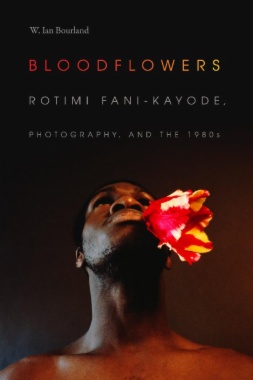In Bloodflowers W. Ian Bourland examines the photography of Rotimi Fani-Kayode (1955–1989), whose art is a touchstone for cultural debates surrounding questions of gender and queerness, race and diaspora, aesthetics and politics, and the enduring legacy of slavery and colonialism. Born in Nigeria, Fani-Kayode moved between artistic and cultural worlds in Washington, DC, New York, and London, where he produced the bulk of his provocative and often surrealist and homoerotic photographs of black men. Bourland situates Fani-Kayode's work in a time of global transition and traces how it exemplified and responded to profound social, cultural, and political change. In addition to his formal analyses of Fani-Kayode's portraiture, Bourland outlines the important influence that surrealism, neo-Romanticism, Yoruban religion, the AIDS crisis, experimental film, loft culture, and house and punk music had on Fani-Kayode's work. In so doing, Bourland offers new perspectives on a pivotal artist whose brief career continues to resonate with deep aesthetic and social meaning.
- Cover
- Contents
- Acknowledgments
- Introduction / Nothing to Lose
- Exposure 1 / Brixton
- Exposure 2 / Rage and Desire
- Exposure 3 / Magnolia Air
- Exposure 4 / The Queen Is Dead
- Exposure 5 / Mirror Worlds
- Exposure 6 / Night Moves
- Epilogue / Homecoming
- Notes
- Bibliography
- Index
- A
- B
- C
- D
- E
- F
- G
- H
- I
- J
- K
- L
- M
- N
- O
- P
- Q
- R
- S
- T
- U
- V
- W
- X
- Y
- Z

